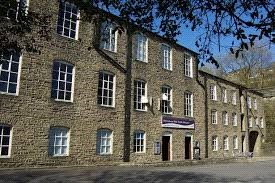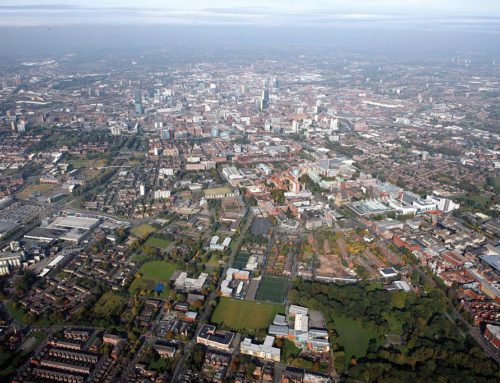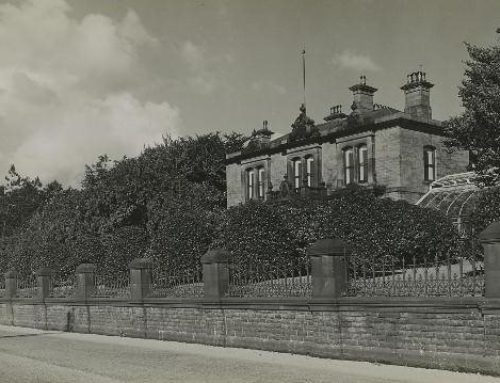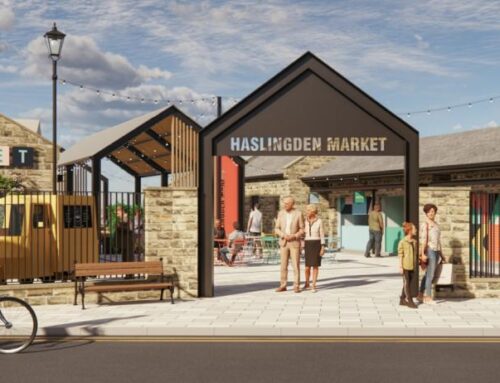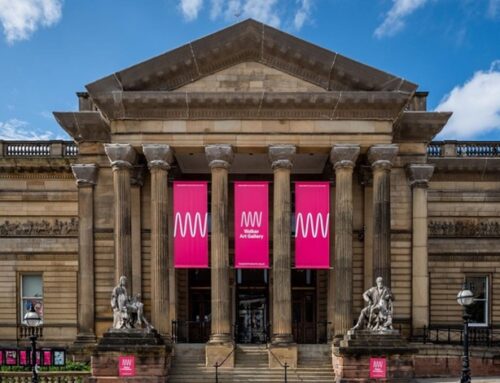The subject discussed in this article is the Textile Mill museum based in Helmshore, north of Manchester.
Helmshore mill was built as two separate Mills. In 1796, Higher Mill was built for William Turner. In the 1820s, the Turner family created the Whitakers’ Mill.
Ownership
The Turner family had already been associated with producing cotton and working in mills previous to building these Helmshore Mills in 1796 and 1820. Three family members made a living from wool in Martholme, and three brothers made a living from cotton in Blackburn.
In February 1789, the Turner family bought some land to build their Mill. They purchased the land for £725, and they built Higher Mill. However, one of the members, William Turner, dropped out. In his will, William Turner asked for the Mill to be sold after his death in 1852. Five years later, the Mill was destroyed by fire but rebuilt only three years later by Edward Turner. Not long after, the Mill started spinning cotton again.
In the 1920s, the Mill was bought by L.Whitaker & Sons, who installed cotton condensing equipment that the Mill used until 1978. In 1972, Rossell Whittaker died. However, because he had no other male heirs, the Mill was bought by local enthusiasts who saw significance and importance.
Museum
Platt Bros & Co Ltd owned a large and varied collection of historic Textile machines, which they thought was a good idea to put into the Helmshore Mill. In 1975, the Lancashire county council stepped in and gave them a 99-year lease to help take the pressure off them as they had to maintain a museum and the two Mills. The Textile Museum has been separated into three sections; the wool story, the cotton story, and the spinning floor.
Helmshore Mill and Queen Street Mill was used for interal footage in the BBC’s Tv Addaptation of Elizabeth Gaskell’s North and South.
 The Wool Story
The Wool Story
The Wool story shows visitors how they used to produce Ammonia which was needed for fulling. First, the report contains the water wheel, fulling stocks and clay pots. Then, later on, it shows the box system. This shows the tenter frame with the tenterhooks to show how the cloth was dried without shrinking.
The Cotton Story
The Cotton Mill story shows the hand weavers’ cottage, a frame loom and a hand-thrown shuttle. There is also an original Arkwrights first carding machine which would have been from around 1790, and also an Arkwrights water-frame.
 The Spinning Floor
The Spinning Floor
The Spinning floor is where they had the spinning mules, where the rovings went. They had two of these floors in the Mill, not just one.
Closure
In November 2015, the Lancashire County Council announced that the Mill would be closing and a few other places. The Council leader described “the financial challenges facing the county council as we deal with relentless cuts to central government funding combined with rising demand for our services.”
However, in August 2018, it was announced that the Mill would be reopening; for dates, please check their website below.
Further Information
To visit the Helmshore Mill Textile Museum click on the link:
If you want to learn more about historic buildings, why don’t you check out our sister company, Sympathetic works ltd course page?
Lydia Evans wrote this article.


